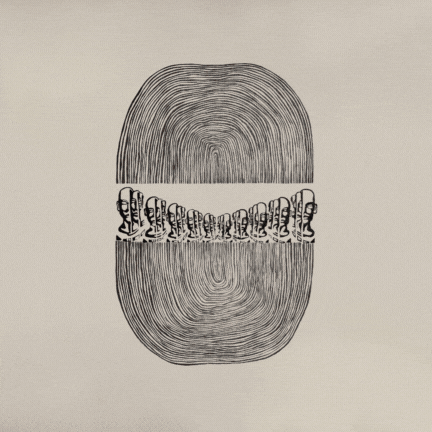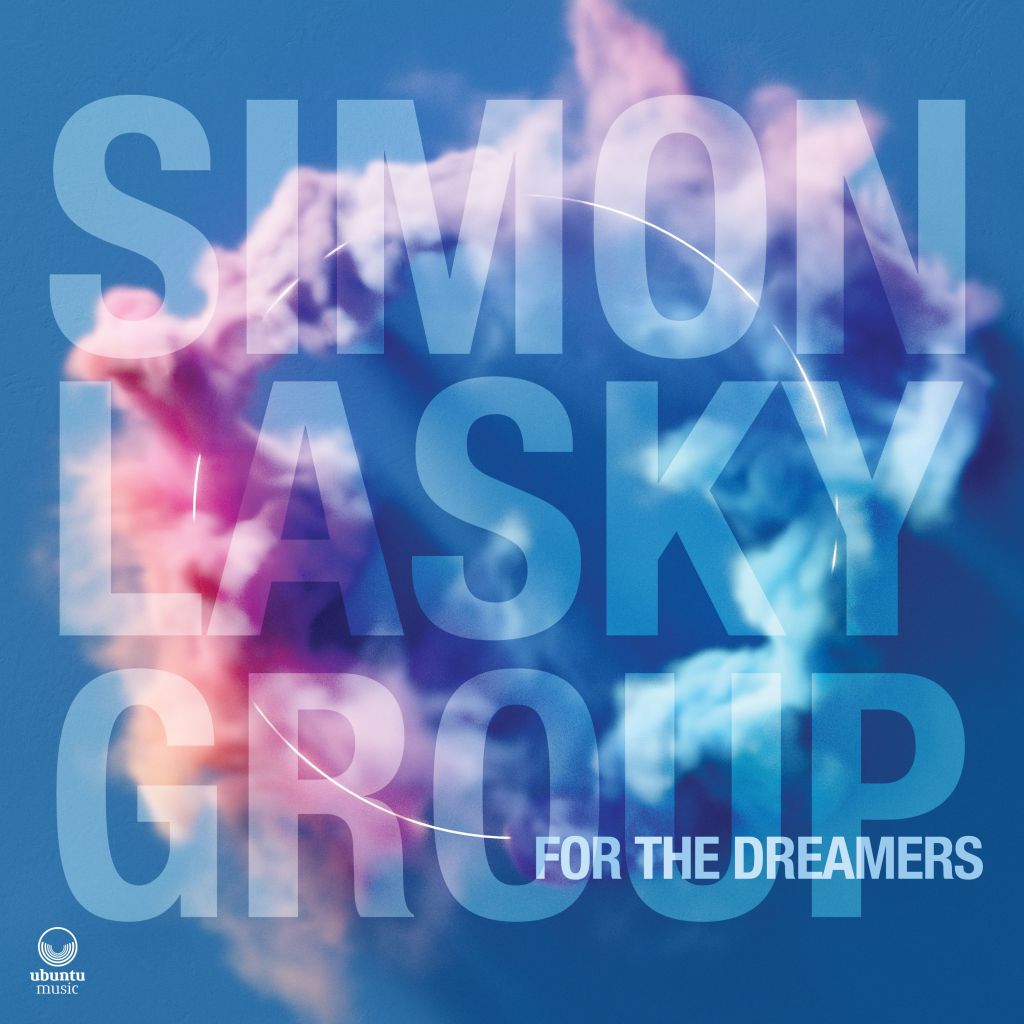Richard Havers – Blue Note: Uncompromising Expression
(Thames & Hudson. Book review by Andrew Cartmel)
Blue Note was responsible for recording some of the finest jazz, on the most impressive high fidelity vinyl, jacketed in the best and most strikingly designed sleeves of its day. So it’s only fitting, and rather wonderful, that the record label’s 75th anniversary has been commemorated in this splendid, no-hold-barred volume from Thames & Hudson. Here is a publishing firm which specialises in deluxe illustrated art books, and they’ve gone all out on this history of Blue Note — no trace of condescension about jazz as an art form from the people who are more accustomed to publishing volumes like The Architecture of the Italian Renaissance or Early Greek Vase Painting.
The book is authoritatively written by Richard Havers who was also responsible for last year’s superb Verve: The Sound of America (see link below), another deluxe tome from Thames & Hudson. Together or separately these two volumes form the ultimate Christmas present for any lucky jazz fan. Blue Note: Uncompromising Expression is a magnificent book, beautifully designed and very much in the Blue Note tradition of strong, arresting graphics, as originated by the likes of Reid Miles. It’s also a massive volume, four hundred heavy-duty pages lavishly illustrated with ravishing colour images throughout. Remarkably, instead of the usual glossy paper, the publishers have opted for a handsome matte stock, 160gsm uncoated wood free, which both allows pin-sharp colour reproduction and gives a period feel. (When asked if it was acid free, as used in archival publications, Tristan de Lancey at Thames Hudson replied, “Whilst we can’t immediately confirm the paper is acid free, we can certainly verify that it is acid jazz free.”) The book weighs almost as much as one of the large volumes of the Oxford Dictionary of English — and is way more fun to read. It even smells good.
Blue Note was established by Alfred Lion in 1939, and Havers’s account begins with Lion in Weimar Germany and a serendipitous encounter with Sidney Bechet — one of Lion’s first recording artists, and his first big success. We then move briskly to New York and the creation of the label, where the fun really starts. From the early 1940s and a solid roster of traditional jazz stars like Bechet, Meade “Lux” Lewis and Albert Ammons we go surging towards bebop via Fats Navarro and Tadd Dameron and on into the 1950s. Then it’s Monk, Bud Powell and Miles Davis, to name a few luminaries. And full due is given to the behind-the-scenes superstars, too. Like legendary recording engineer Rudy Van Gelder, depicted in his Hackensack studio looking dapper in a bowtie, posed beside a vintage cutting lathe. Van Gelder is one of the great unsung heroes of jazz. He’s quoted here as saying, “When I achieved what I thought the musicians were trying to do, the sound sort of bloomed. When it’s right, everything is beautiful.”
The records themselves form the spine of the narrative, stepping stones through the Blue Note story, carrying us into the 1960s and the work of players like Lee Morgan, Herbie Hancock and Horace Silver. Certain key albums are singled out for special attention — there’s six pages on Blue Train — with lists of personnel, accounts of the recording, cover shots, and pages of session photos.
It’s difficult to overstate the importance, or the beauty, of the illustrations throughout this narrative. The book is a highly organised torrent of images: club flyers and posters, program notes and press releases, session notebooks, historical photographs of places and recording equipment, portraits of jazz greats in action — black and white shots by masters such as Francis Wolff and Buck Hoeffler — and of course the album covers. The amount of painstaking work that has gone into assembling these visual materials is daunting, and must be saluted. The corporate entity which now controls Blue Note had divested itself of all the relevant archives, of course, so Thames & Hudson had to turn to private collectors such as the blogger London Jazz Collector (he prefers to remain anonymous) who provided many of the exquisite cover images. He photographed his albums and sent high resolution files to Tristan de Lancey at Thames & Hudson — and was amazed at the results. “My shots were good but they’ve improved them. They’re flawless. No tone shift or anything. I love these guys. They’re professionals.”
These pictures, and Havers’s flavourful, informative text, lead us into the 1970s and through the decline and dissolution of the label as we knew it, onwards to its rebirth in the new form we see today, with a new roster of artists. Perhaps for the hardcore jazz purist, the heart sinks a little when we get to Norah Jones — though it’s hard to argue with twenty-five million copies (!) sold worldwide of her Blue Note album Come Away With Me — but spirits lift again at seeing records by Robert Glasper and Gregory Porter in the final pages. Blue Note remains alive and well, and its entire history comes to life most vividly in this book.
A perfect gift for the jazz fan who is a loved one. Even (especially) if that’s yourself. The book is sumptuous, opulent, definitive. It is a dream come true for Blue Note fans and will appeal to anyone who has more than the most fleeting interest in jazz. What next from Richard Havers and Thames & Hudson? A glorious study of Impulse? Contemporary? Prestige? We await next year’s publishing catalogue with excitement and delight.
LINK: Review of Verve: The Sound of America
Categories: miscellaneous













Hardback RRP = £48. I think I'll wait for the paperback myself.
I'm also appalled at the price. It just goes on to the audiophiles shelf alongside his 45rpm reissues of the albums. I would love the next generation to be able to read this, teens making the move from Hip hop to some of the samples on it. No chance of that happening at £48
It's currently £31.20 on Amazon…